Widely acknowledged as one of the most influential illustrator/designers during the heyday of Disney's 'classic animation' era, Mary Blair's work continues to influence and inspire thousands of artists around the world to this day.
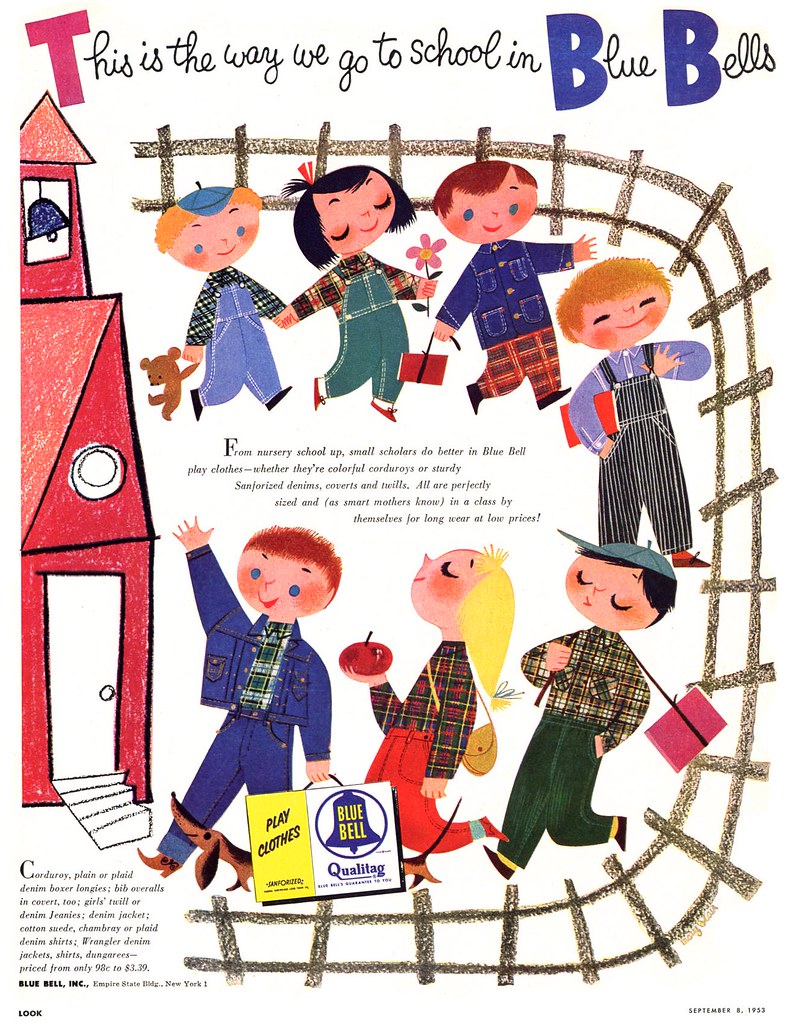
Margaret Erath
Primarily a textile designer (and later a fine artist) she made a brief foray into illustration during her early career in New York. These two delightful album covers - and a few others long lost to time - may be the only actual illustrations Erath ever created.
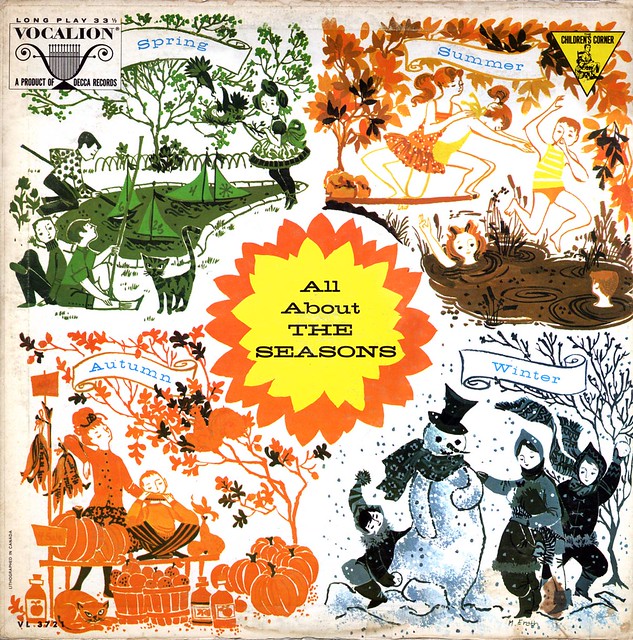
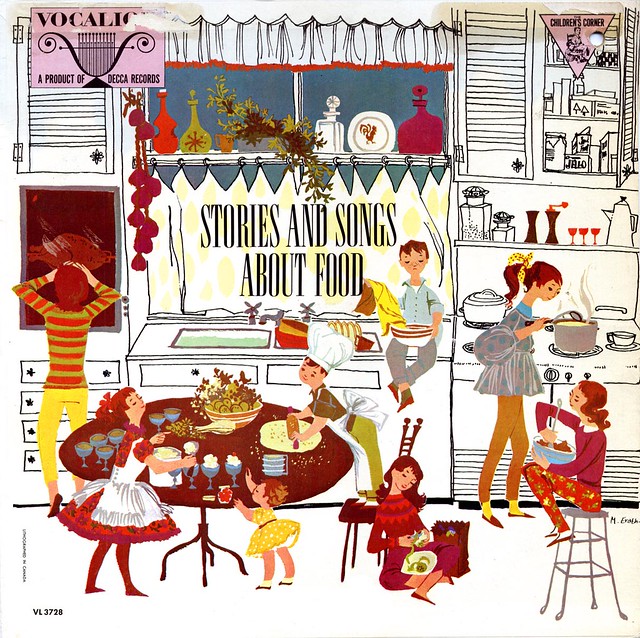
Lorraine Fox
Born in Brooklyn, a graduate of the Pratt Institute, Fox began illustrating for magazines in the second half of the 1940s. During an era when literal realism in illustration was king, Fox successfully pioneered a distinctive, stylized alternative - and she did it from the very heart of what was then the most influential commercial art enclave of the day, the Charles E. Cooper studio, which she joined in 1951.
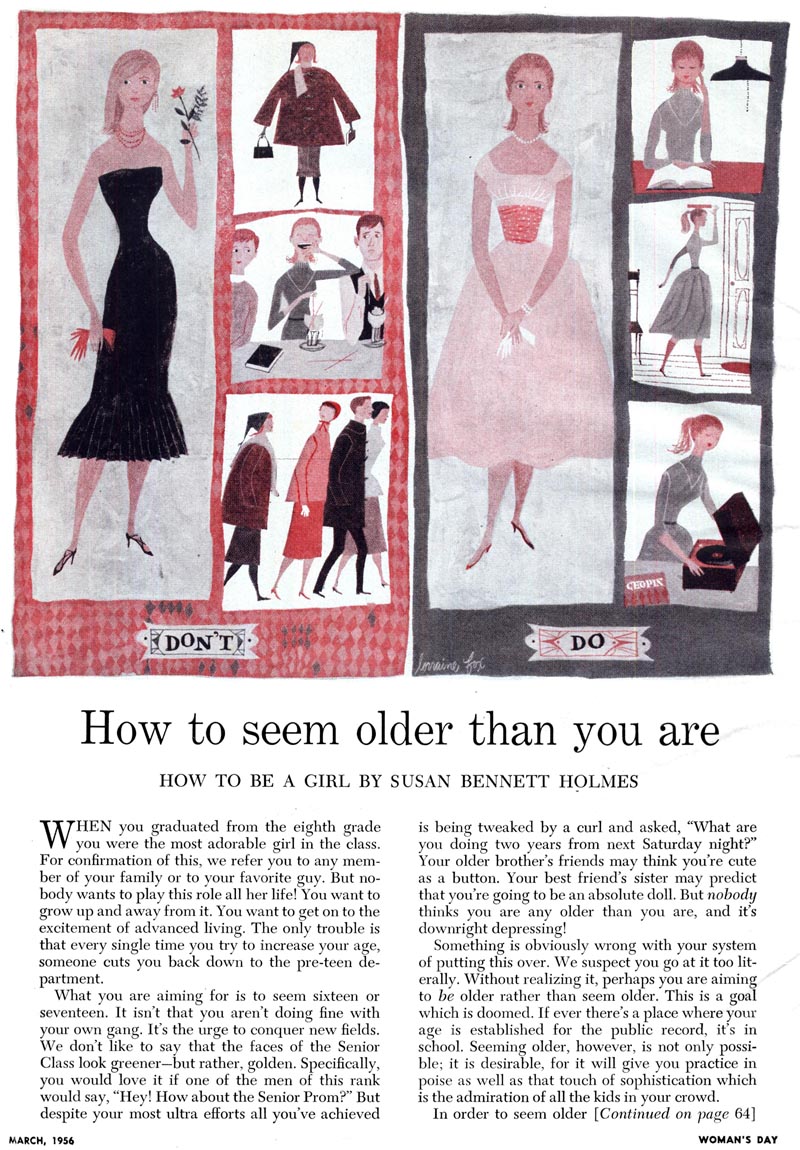
Gyo Fujikawa
A California native, Fujikawa worked for Disney before moving into advertising, editorial and children's book illustration.
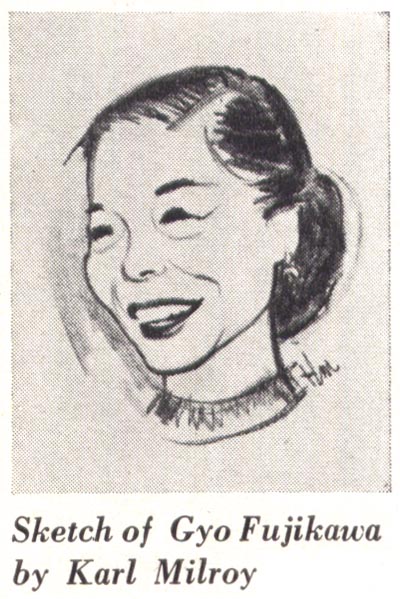
Over her long career she wrote and drew nearly fifty children's books that sold in total over a million copies.
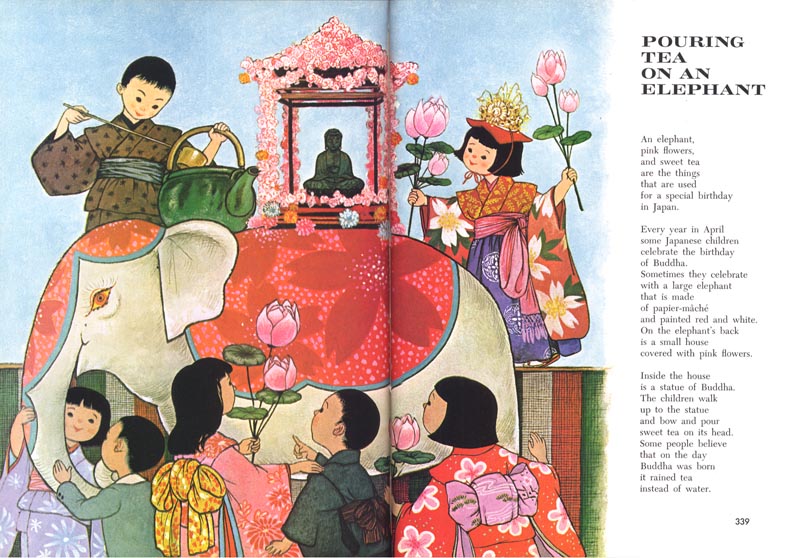
Mia Carpenter
Another west coast artist, Carpenter moved to New York after graduating from Art Center, where she had studied fashion illustration with Jack Potter.
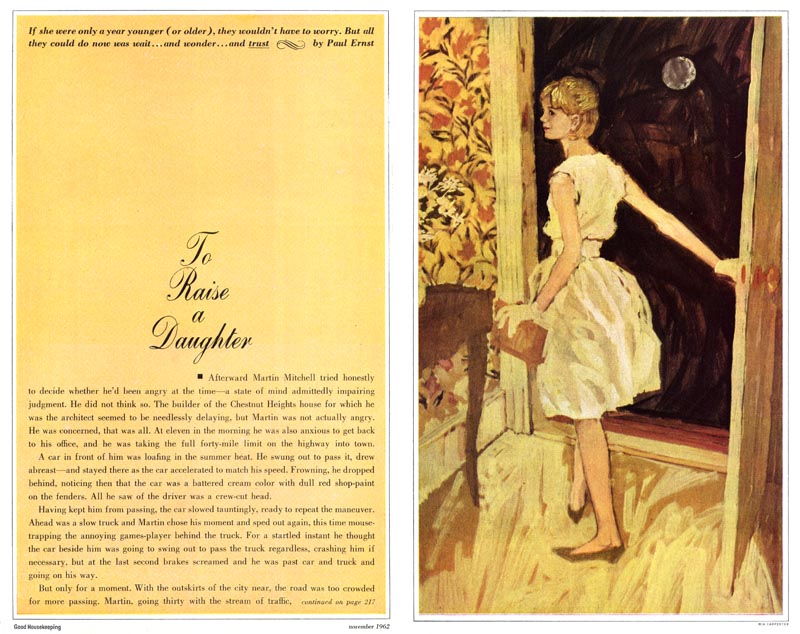
Retail fashion was a major component of her work - but she also did illustrations for editorial clients. Later, she did sketch art for entertainment ad agencies until her retirement in 2004.
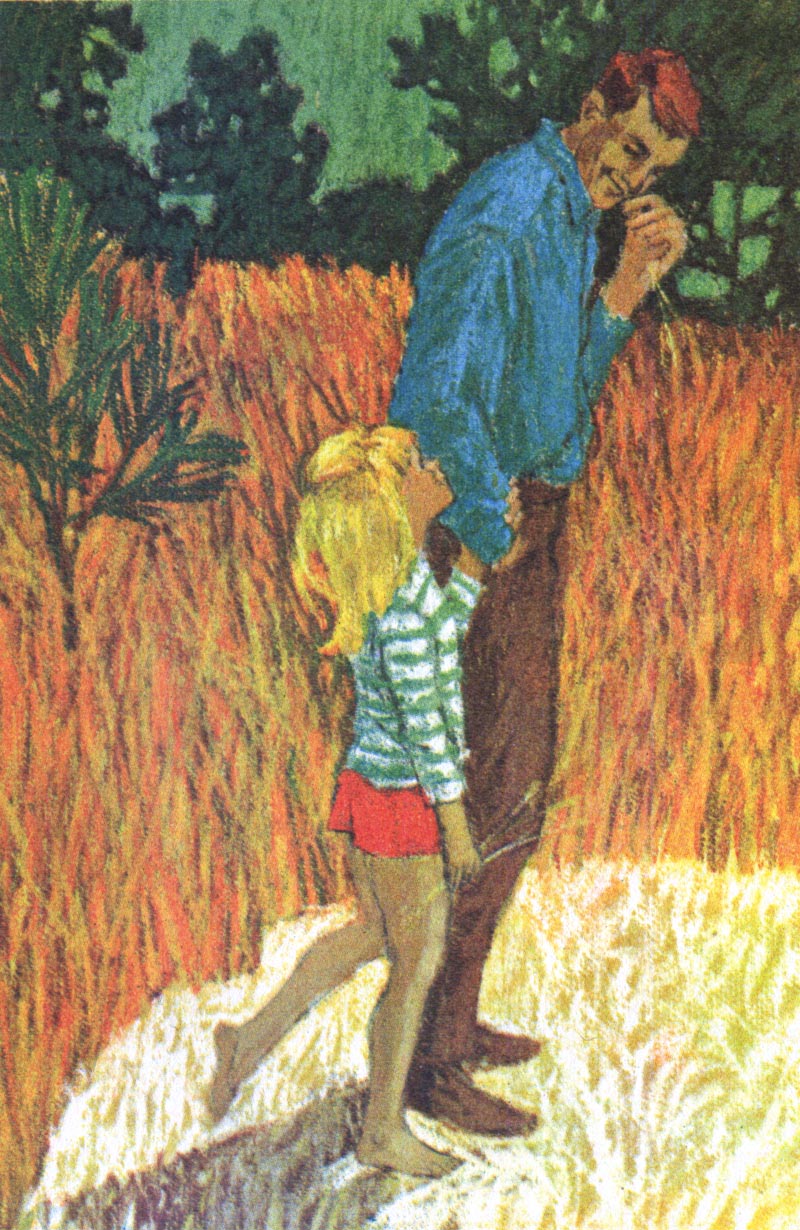
* Tomorrow (Wednesday) evening I'll be at The Nook talking about these and other Female Illustrators of the Mid-20th Century.
All of these pieces are beautiful, but I was struck by the ones by Mia Carpenter, especially the last one. It looks like pastel.
ReplyDeleteI love Mary Blair.
ReplyDeleteCheck out Mary Blair's contribution to Disney, and it's a small world. Now everyone sing along "It's a small world after all...." is it stuck in your head yet?
ReplyDeletehttp://www.designingdisney.com/content/designing-its-small-world-mary-blair
Bruce-- I agree; Mary is not responsible for the song, but she sure did a marvelous job creating the visual part of that ride. (I went again two weeks ago and it holds up very well.) She was a wonderful talent, responsible for some of the best art from Disney animation.
ReplyDeleteSo good to see posts like that—thank you for them!
ReplyDeleteMia Carpenter rocks!
:: Marta
You're welcome, Marta - and yes she does. :^)
ReplyDeleteMartha Sawyer was a very talented artist and very comitted too. Without wishing to stereotype, I notice that a lot of these ladies work in a more decorative style was there pressure within the industry for women to do this kind of work or an extension of innate abilities?
ReplyDeleteI also noticed that Barbara Bradley did a lot of children and women themes like Barbara Schwinn, pressure or natural inclination?
Remo; You could write a book on that subject. Actually, I almost feel as though I have - ha. My impression is that female illustrators of that era tended to gravitated to female-centric publications where the subject matter was more naturally appealing to them. Hence you get someone like Lorraine Fox doing a lot of illustrations of girls, cosmetics, accessories and food/recipe-type spot illustrations. Barbara Bradley called herself "the Queen of the Perkies and Cutes" because of all the children and young women she illustrated - but her main steady clients early on were the Merrill paper doll magazines and "Calling All Girls" (formerly "Polly Pigtails") magazine. No doubt the salesmen at the art studios tended to bring female illustrators advertising work that they (or the client) felt needed a woman's touch. This would inevitably lead to pigeon-holing, just as it must have on the male side - where someone like Fred Ludekens or Frank McCarthy would seek out and be sought out for manly subject matter.
ReplyDeleteThe impression you have that more women worked in decorative styles is also correct, I think. This may be again because of a natural inclination among some female illustrators of that era to be attracted to decorative arts, as opposed to story-telling illustrations. As mentioned, Margaret Erath was actually a textile designer. She worked in New York for a company that designed patterns for fabric.
ReplyDeleteFolk art seems to have been a major influence more among female illustrators of the day than among males. Murray Tinkelman, who knew Lorraine Fox told me folk art was very influential for her - which I think is evident in her style. She in turn was highly influential for many young women entering the illustration business.